When you start trying to lose weight or eat healthier, it’s not uncommon to hear some of the same terms or concepts used repeatedly. It’s important to understand these terms, in order to get the results you’re looking for.
One of these terms is “macronutrients,” or “macros.”
But what exactly IS a macronutrient? And why are they important? Where or how do I get them? What role do they play in eating healthy or losing weight? How do they fit into the context of following a low-carb lifestyle?
These are all great questions to be asking and we’ll answer them all in this very article. Let’s get started.
Are you ready to lose weight and heal your body for life (without dieting, drugs, or making yourself miserable)?

Our free on-demand video training will walk you through how to make this THE year you set health goals…and keep them.

What are macronutrients, and why are they important?
Macronutrients, or macros, are nutrients that your body needs in large quantities in order to function optimally. There are 3 types of macros: carbs, fats, and protein.
Macronutrients are considered essential nutrients, as your body cannot make them, or enough of them. They contain the components of food that your body needs to maintain its systems and structures.
For example, proteins provide essential amino acids, while fats contain essential fatty acids. Your body utilizes these components for specific functions.
Macronutrients also contain energy in the form of calories. Carbs are typically the main energy source, but your body can use other macronutrients for energy if needed (such as fat, in a low-carb lifestyle).
With macro- meaning “large”, macronutrients are then separate and different from “micronutrients,” which your body only needs in small amounts. Micronutrients are vitamins and minerals like B12, Iron, and Zinc.
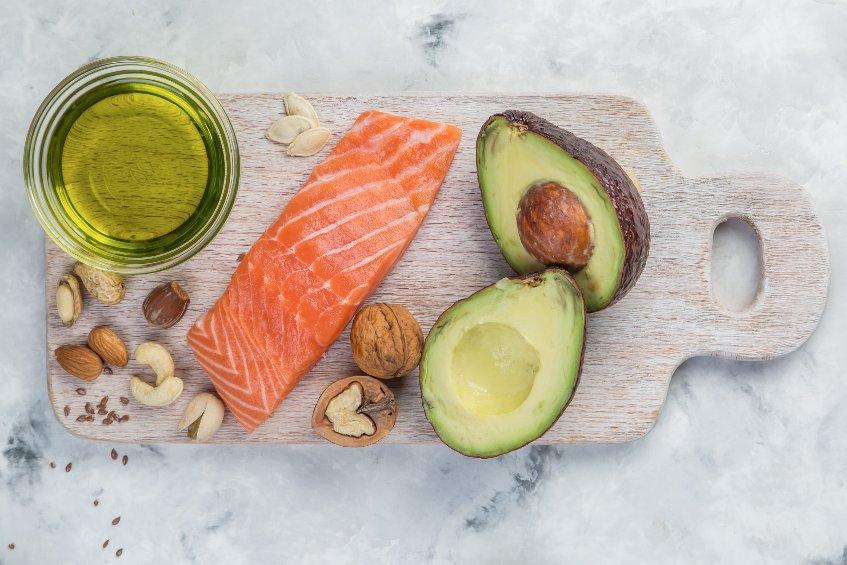
Fats
Fat often has a bad reputation because it is the highest in calories and because certain types of fat are not good for us, but if you focus on the right types of fat and the amount, it is instrumental to a healthy diet.
There are three types of fat: saturated, unsaturated, and trans.
- Trans fat – Most trans fat comes from adding hydrogen molecules to unsaturated fats. This produces a hydrogenated oil. These can be found in margarine, shortening, baked goods, doughs, and fried foods. If you see trans fat on the label it should be avoided.
- Saturated fat – In large amounts, saturated fat is known to increase cholesterol levels and can increase your risk for heart disease. Decreasing the amount of saturated fat in your diet can be beneficial. Saturated fat is found mostly in animal sources with high fat contents such as fatty beef, lamb, pork, poultry with skin, lard, cream, butter, full fat cheese, and dairy. It’s generally recommended that you decrease saturated fat intake and lean towards more healthy fats, known as unsaturated fats.
- Unsaturated fat – Unsaturated fats are known as the healthy fat as they can decrease your risk for heart disease. These healthy fats originate from plant sources such as avocados, nuts and nut butters, seeds, olives, and oils (olive, canola, safflower etc.). They can also be found in animal sources such as fatty fish including salmon, mackerel, sardines, tuna, and herring.
Here’s a few health benefits that fat provides your body:
- Cell membrane health. Lipids are an essential component of cell membranes.
- Storing energy. Fat stored around your body serves as an energy reserve that can be used during periods during which you eat fewer calories than you burn.
- Transport and absorption. Lipids help transport and promote the absorption of the fat-soluble vitamins K, E, D, and A.
- Insulation. Fat insulates and protects your organs.
So we mentioned unsaturated fats being the “healthy” fats, but… where can you find unsaturated fat? Here are some great option for getting the unsaturated fat your body needs:
- avocados
- chia seeds
- eggs
- fatty fish
- nuts
- seeds
- butters (from nuts and seeds)
- olives
- olive oil
- yogurt
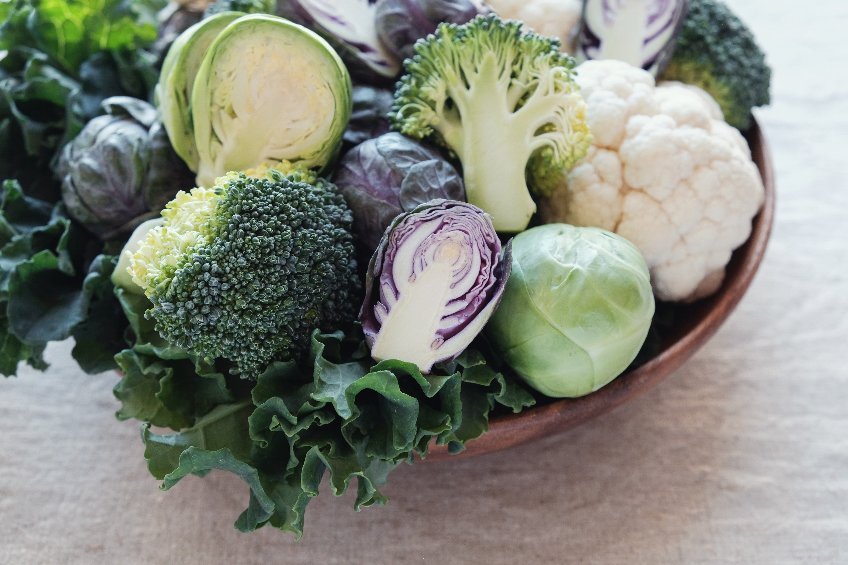
Carbohydrates
Carbohydrates, or carbs, are eventually broken down into glucose, which is an energy source for your body. In fact, specific organs, such as your brain, need glucose in order to function properly. Your body can make glucose out of necessity from proteins using gluconeogenesis.
Beyond being your main energy source, there are carbohydrates that help synthesize specific amino acids (protein building blocks) and allow for consistent bowel movements. Fiber is a type of carbohydrate that cannot be broken down in your body. Therefore, it doesn’t give you energy, but it does help rid your body of waste and keeps your intestinal tract healthy.
Not all carbohydrates are not all created equally. Some are considered simple carbohydrates and others are complex.
- Simple carbohydrates are easy for your body to breakdown for energy or glucose. They have 1-2 sugar molecules and are found in items that are usually sweet such as honey, table sugar, syrup, agave nectar, molasses, milk/yogurt, and fruit. Fruit does contain a natural sugar called fructose, however, fruit also has vitamins and minerals (these are your micronutrients: nutrients needed in small amounts), phytochemicals (not a needed nutrient, but can have positive effects on health), and fiber. Fiber is not digested and therefore, increases the amount of time needed to break down the food item.
- Complex carbohydrates take more time for your body to breakdown. They are long strands of sugar molecules strung together and typically have a savory taste. They are found in foods such as starches and grains: rice, pasta, bread, and starchy vegetables (potatoes, peas, corn). Other plant based foods such as non-starchy vegetables (beans, nuts, and seeds) contain carbohydrates, but in lower amounts. Complex carbs normally contain fiber unless they have been processed, where the grain has been stripped of its bran (outer coating), which gives us white bread, white pasta, white rice, etc. These types of carbs become easier for your body to digest. Even though they are not sweet they will release glucose quickly just like a sweet simple carbohydrate.
Here’s a few health benefits that carbs provide your body:
- Instant energy. Glucose is the preferred energy source for your brain, central nervous system, and red blood cells.
- Storing energy. Glucose is stored as glycogen in your muscles and liver for later use when you need energy, for example after a longer period of fasting.
- Digestion. Fiber promotes healthy bowel movements.
- Helps you feel full. Fiber fills you up after eating and keeps you feeling full for longer.
In a low-carb lifestyle or eating plan like Thinlicious™ or keto, the goal is train your body to burn fat for energy instead of carbs. But your body still needs carbs! So what are the healthiest options for carbs, even while restricting them? Here’s a list of healthy foods full of whole (not refined) carbs:
- vegetables
- quinoa
- barley
- legumes
- potatoes
- whole grains
- oats
- beans
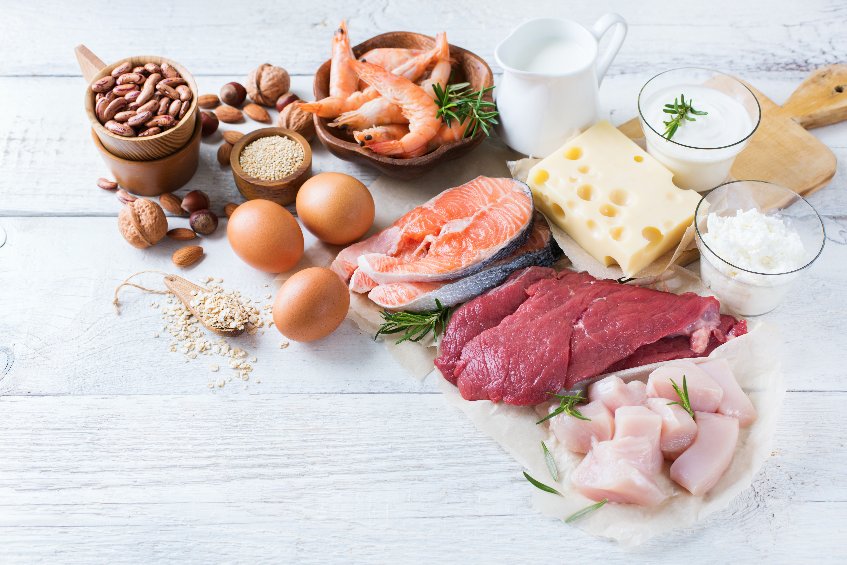
Protein
Protein is composed of amino acids.
There are 2 types of amino acids: non-essential and essential. Twenty amino acids have important functions in your body, 9 of which are essential and must be obtained from foods.
Non-essential amino acids are not required to be consumed through the diet as your body can actually make these. Essential amino acids can either be used on their own or in some cases they are transformed into a non-essential amino acid.
Some of the main uses of amino acids from protein include:
- Building and repairing. Amino acids help create new proteins within your body. They’re also used to build and repair tissues and muscles.
- Providing structure. Amino acids provide structure to your body’s cell membranes, organs, hair, skin, and nails.
- pH balance. Amino acids help maintain a proper acid-base balance within your body.
- Creating enzymes and hormones. Without the right amino acids, your body cannot create enzymes and hormones.
Common sources of protein include:
- beef
- poultry
- fish
- eggs
- milk
- cheese
- beans
- lentils
- nuts
- seeds
How do macronutrients play into a low-carb lifestyle?
As with any other goal you want to achieve, your success is more likely if you have a plan or map for getting there.
The same can be said for losing weight or trying to eat better. Without a plan, you may or may not accomplish what you’re setting out to do.
In a low-carb lifestyle, macronutrients are important, because they play a role in your overall health and how quickly you hit your health and weight loss goals. In order to get into “ketosis,” where your body is burning fat instead of carbs for energy, there is a certain distribution of macros that you need to aim for.
The Thin Adapted System approach that we teach here at Thinlicious in our 28 Day Metabolism Reset and our full T.A.S. Program has three phases, each of which have a different macro requirement.
This is important because your macro needs will be different depending on whether you are simply adapting to the low carb lifestyle, which happens in Phase 1, or whether you are in weight loss and fat-burning mode, which happens in Phase 2. And then, once you’ve hit your goal weight and are in maintenance mode, your macro needs will change again. This is what happens in Phase 3.
That said, for Phase 1, we recommend a macro breakdown of 70%-75% from fat, 20-25% protein, and 5-10% carbs.
Summary
To summarize, macronutrients are fat, protein, and carbs. Your body needs them in large quantities in order to operate effectively, and they each provide certain benefits. There are both healthy and no-so-healthy sources for each macro, and it’s important to track them in order to reach your health goals.
PIN FOR LATER

What if you could actually take control of
your health in just 10 days?
It’s not your fault you can’t lose weight as a woman over 40 even though you’ve likely tried literally everything. Your metabolism probably feels broken and your hormones are likely all out of whack.
But you can fix it all with ONE simple change: eliminate sugar. We make it super easy with daily lessons teaching you the science behind what makes us gain weight in our midlife and beyond! Are you ready to get started now?



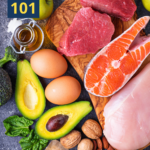

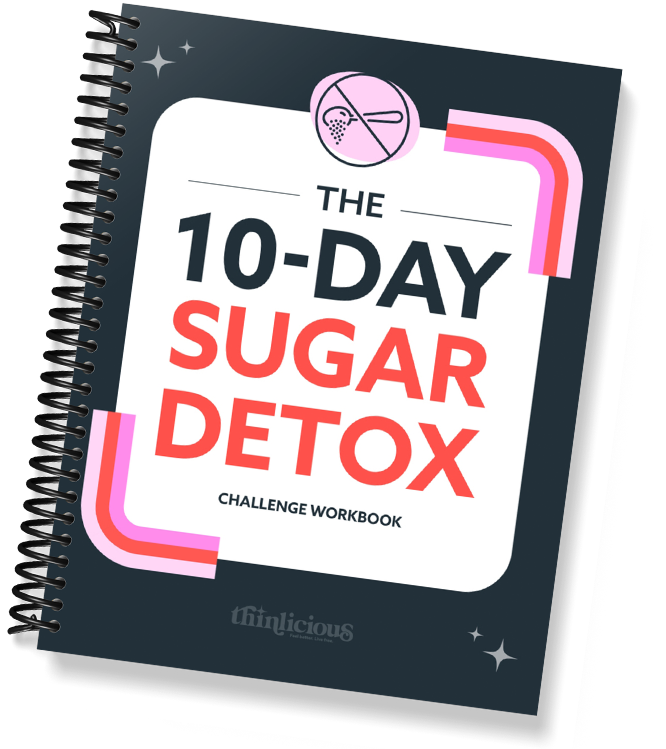
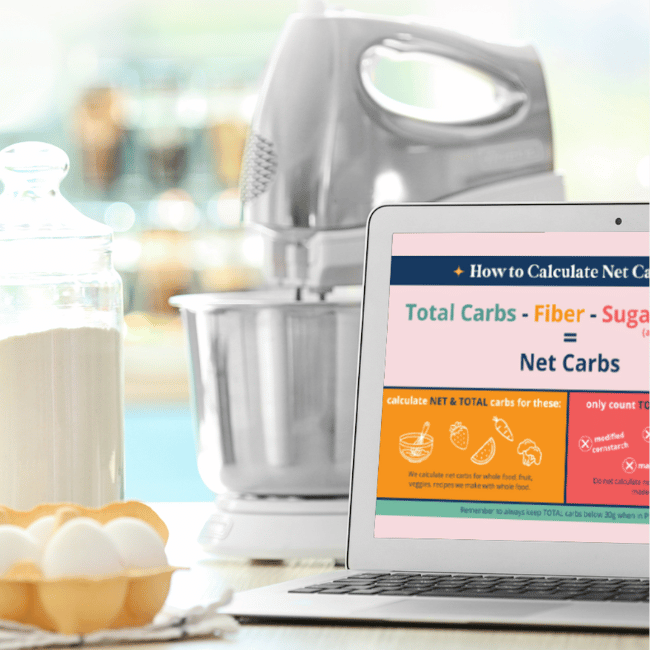



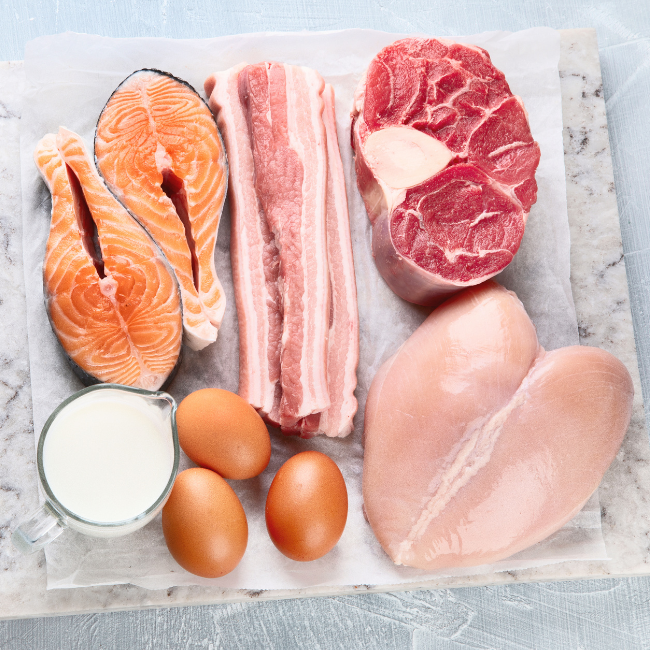
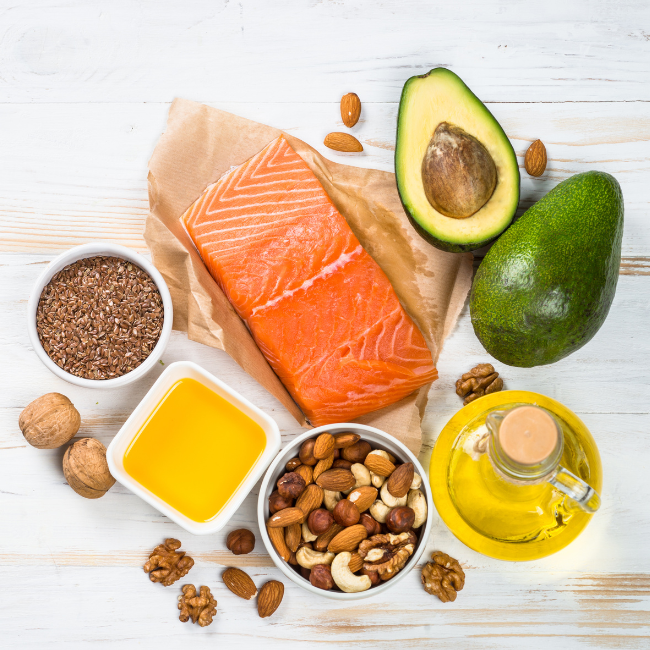
Hi there
What tracking app has accurate macronutrient information?
Blessings
Vilma
Hi Vilma,
We have a post about our favorite ones: https://thinlicious.com/best-food-tracker-apps/
I hope this helps. Thank you!
can you tell me how do I know what my macros should be at? I’m confused on how I get what numbers I need to be tracking at.
We recommend using a macro calculator. There are lot’s of great ones online!